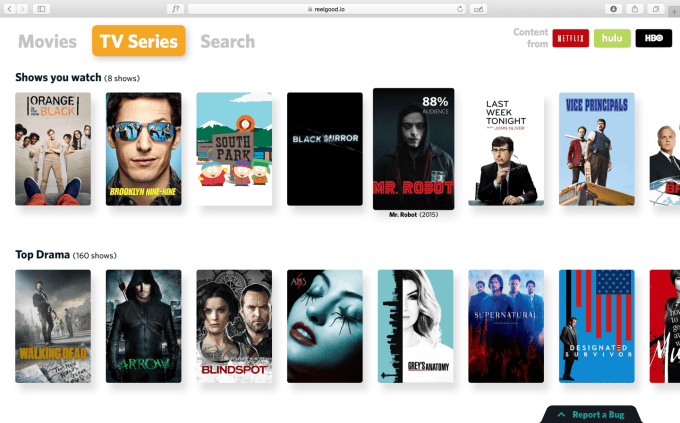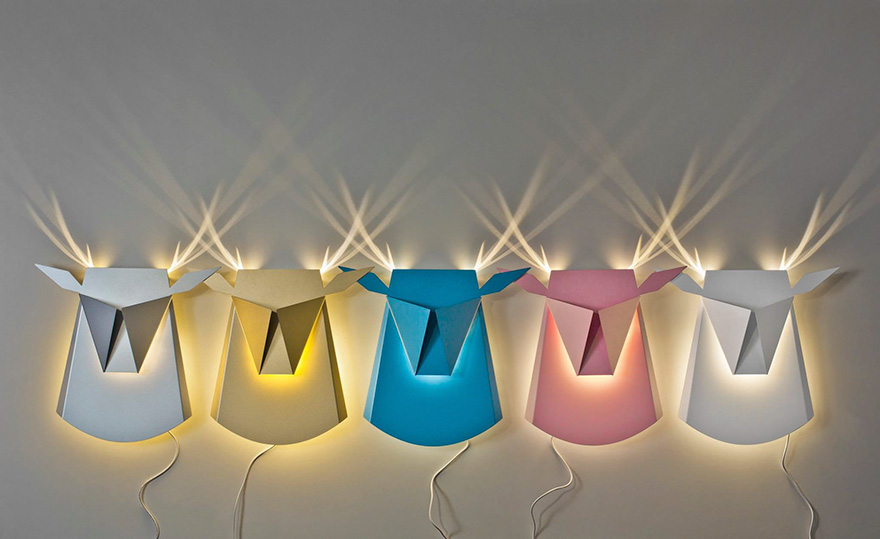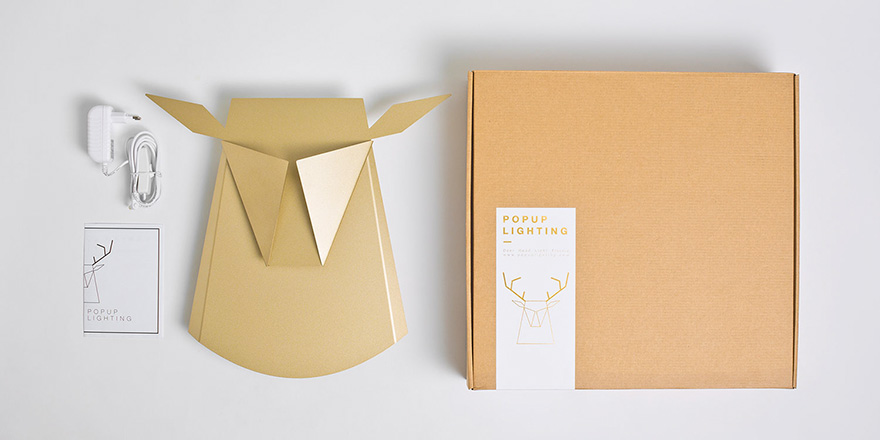Today we are seeing the similar hype about machine intelligence. But once again, as economists, we believe some simple rules apply. Technological revolutions tend to involve some important activity becoming cheap, like the cost of communication or finding information. Machine intelligence is, in its essence, a prediction technology, so the economic shift will center around a drop in the cost of prediction.
The first effect of machine intelligence will be to lower the cost of goods and services that rely on prediction. This matters because prediction is an input to a host of activities including transportation, agriculture, healthcare, energy manufacturing, and retail.
When the cost of any input falls so precipitously, there are two other well-established economic implications. First, we will start using prediction to perform tasks where we previously didn’t. Second, the value of other things that complement prediction will rise.
Lots of tasks will be reframed as prediction problems
As machine intelligence lowers the cost of prediction, we will begin to use it as an input for things for which we never previously did. As a historical example, consider semiconductors, an area of technological advance that caused a significant drop in the cost of a different input: arithmetic. With semiconductors we could calculate cheaply, so activities for which arithmetic was a key input, such as data analysis and accounting, became much cheaper. However, we also started using the newly cheap arithmetic to solve problems that were not historically arithmetic problems. An example is photography. We shifted from a film-oriented, chemistry-based approach to a digital-oriented, arithmetic-based approach. Other new applications for cheap arithmetic include communications, music, and drug discovery.
The same goes for machine intelligence and prediction. As the cost of prediction falls, not only will activities that were historically prediction-oriented become cheaper — like inventory management and demand forecasting — but we will also use prediction to tackle other problems for which prediction was not historically an input.
Consider navigation. Until recently, autonomous driving was limited to highly controlled environments such as warehouses and factories where programmers could anticipate the range of scenarios a vehicle may encounter and could program if-then-else-type decision algorithms accordingly (e.g., “If an object approaches the vehicle, then slowdown”). It was inconceivable to put an autonomous vehicle on a city street because the number of possible scenarios in such an uncontrolled environment would require programming an almost infinite number of if-then-else statements.
Inconceivable, that is, until recently. Once prediction became cheap, innovators reframed driving as a prediction problem. Rather than programing endless if-then-else statements, they instead simply asked the AI to predict: “What would a human driver do?” They outfitted vehicles with a variety of sensors -cameras, lidar, radar, etc. -and then collected millions of miles of human driving data. By linking the incoming environmental data from sensors on the outside of the car to the driving decisions made by the human inside the car (steering, braking, accelerating), the AI learned to predict how humans would react to each second of incoming data about their environment. Thus, a prediction is now a major component of the solution to a problem that was previously not considered a prediction problem.



















































